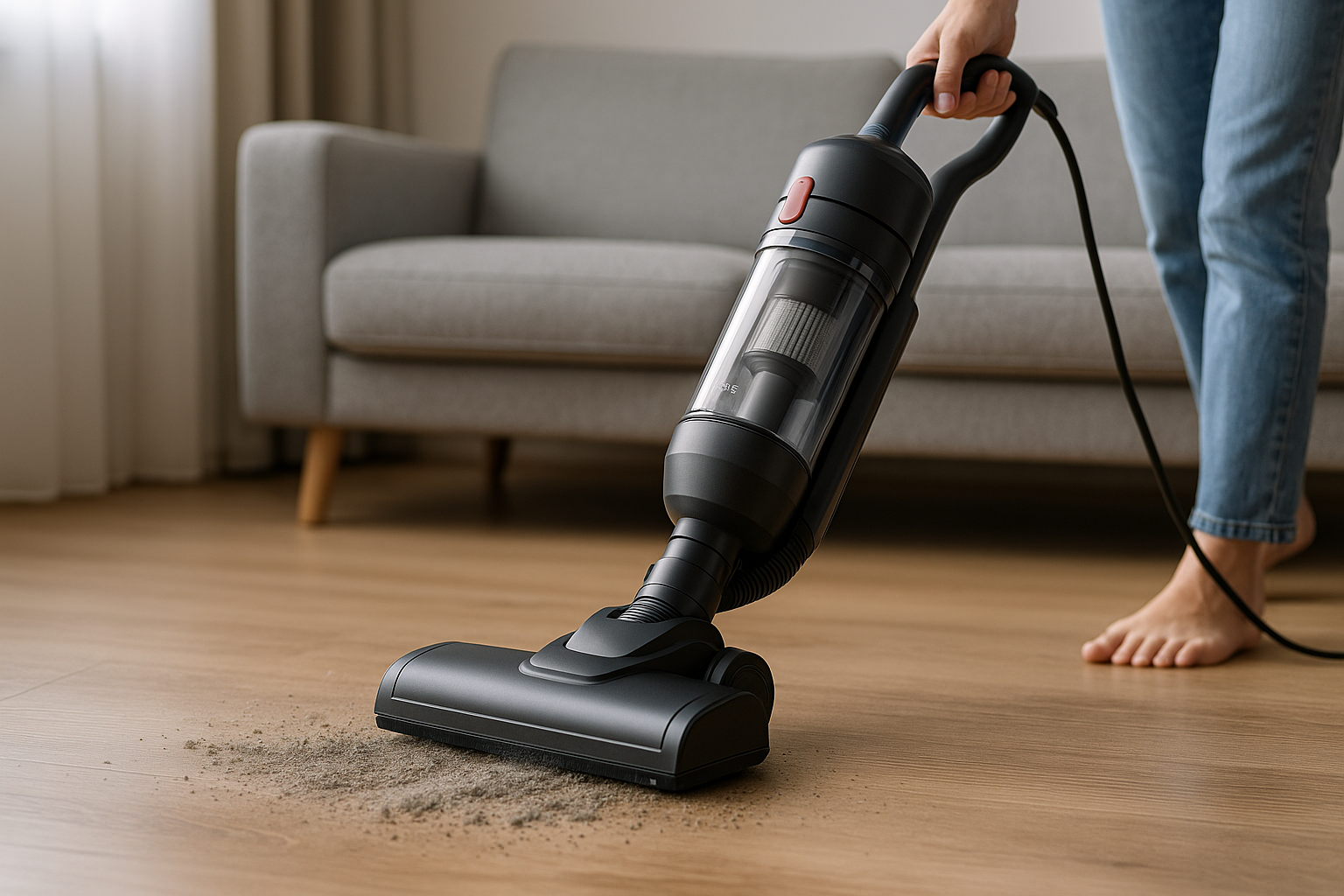 Ever feel like no matter how often you clean, dust keeps coming back? The problem might not be your cleaning routine—it could be your vacuum cleaner.
Ever feel like no matter how often you clean, dust keeps coming back? The problem might not be your cleaning routine—it could be your vacuum cleaner.
Are You Using the Right Suction and Filtration?
Many vacuums struggle to capture fine dust particles, especially if they lack advanced HEPA filtration. According to Consumer Reports, models with strong suction power and true HEPA systems can reduce allergens and dust buildup significantly.
If your vacuum can’t trap dust effectively, it's likely being redistributed into the air, not removed from your home.
What Makes a Vacuum Truly Effective?
Key features matter: look for units with proper weight for maneuverability, low noise, multiple attachments for surfaces, long runtime, and corded or cordless options depending on your space.
As CNET reports, models with wet/dry functionality are especially useful in homes where spills and dust coexist. When combined into one device—suction power, filtration, weight, noise, attachments, runtime, corded, cordless, portability, wet, dry, vacuum cleaner—you get the complete dust-fighting tool.
Still Not Working? It Might Be Brand vs. Build
The Spruce emphasizes that not all popular vacuum brands focus on build quality. Some sacrifice long-term filtration or motor power for sleek looks. If your vacuum loses suction after a few months, it may be time to rethink your choice.
Final Take
To truly beat dust, you need more than regular cleaning—you need a vacuum that’s actually up to the task.
Explore vacuum reviews, cleaning strategies, and expert comparisons at www.lxvacuum.com.

















